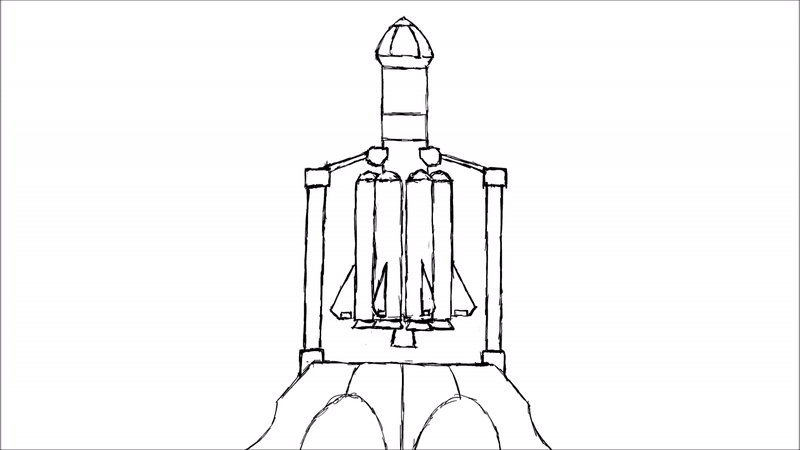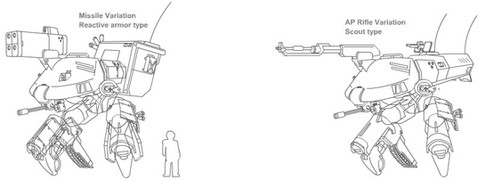HOME | DD
 ModPunchtree — Animatic Basic Satellite Launch Sequence
ModPunchtree — Animatic Basic Satellite Launch Sequence

#animatic #animation #gif #handdrawn #rocket #rocketscience #science #sketch #space #clipstudiopaint
Published: 2018-07-05 23:00:57 +0000 UTC; Views: 442; Favourites: 1; Downloads: 0
Redirect to original
Description
Not feeling very inspired so I just thought I might as well draw what I have been learning / teaching myself, over the past few years.Explanation - Initially my generic rocket has six solid rocket boosters and one large central vectoring engine all of which ignite before the launch clamps release; then after the engines have fully throttled up, the launch clamps release and the rocket accelerates away from the pad. After a short time the central engine throttles down to minimum thrust, this means less of the fuel from the main central fuel tank is burnt lower in the atmosphere (this keeps the pressure on the top of the rocket down and is more efficient) so the solid rocket boosters do the majority of the work in the lowest parts of the atmosphere. Also the elevons on the winglets and the vectoring engine tilt the rocket slightly Eastwards to begin performing its gravity turn. When the solid rocket boosters run out of fuel the rocket holds its angle then decouples them using explosive bolts which would torque the boosters outwards from the rocket, just enough for the center of the rocket to pass unharmed. Once the rocket has safely cleared the boosters the main engine throttles up to maximum once again. At a specified height the vectoring engine tilts the rocket even further over and then will keep burning until the rockets apoapsis (the peak of its current trajectory) is beyond the atmosphere at which time the main stage decouples. The smaller engine on the upper stage (designed to work best in a vacuum) ignites and at minimum thrust it safely clears the previous stage, after which the rocket coasts until there is very little atmospheric pressure then the fairing is deployed exposing the payload. When the rocket reaches the apoapsis the engine then burns prograde putting the rocket in orbit (leaving a little fuel left), after this rocket coasts until it is ninety degrees or one quarter forwards in its orbit the upper stage decouples from the payload. Then once the rocket reaches ninety degrees or one quarter further in its orbit it is facing retrograde and it ignites its engine for the last time deorbiting itself and it will burn up in the atmosphere leaving no debris, just the satellite in its orbit.
Note - I do realize that the initial launch tower and clamps are not particularly well designed, nor was the satellite but that wasn't the point of this. Also I know that solid rocket boosters aren't the most reliable especially if there are six of them and the way I have them set up means that the boosters collide with each other after being decoupled. Furthermore by having three stages this would be only for payloads that need to be taken to relatively high orbits or medium sized payloads in relatively low orbits.
























